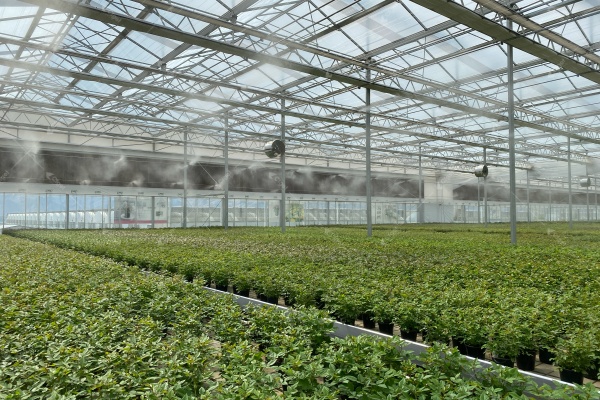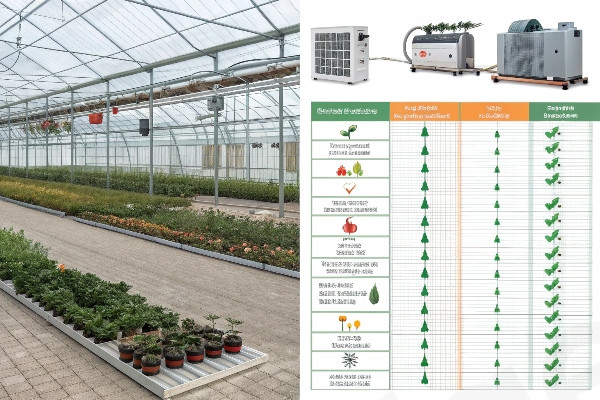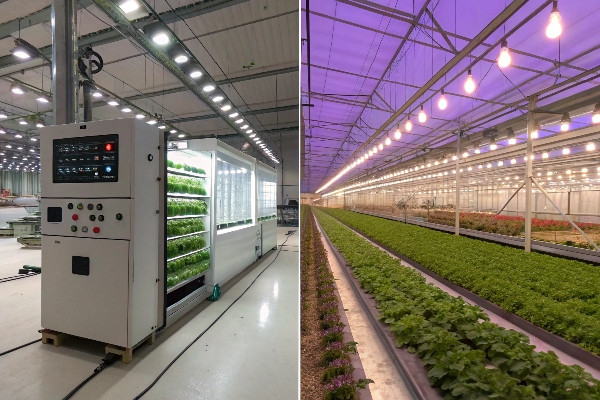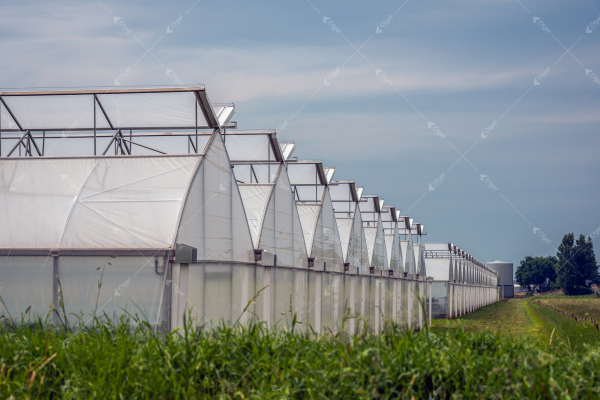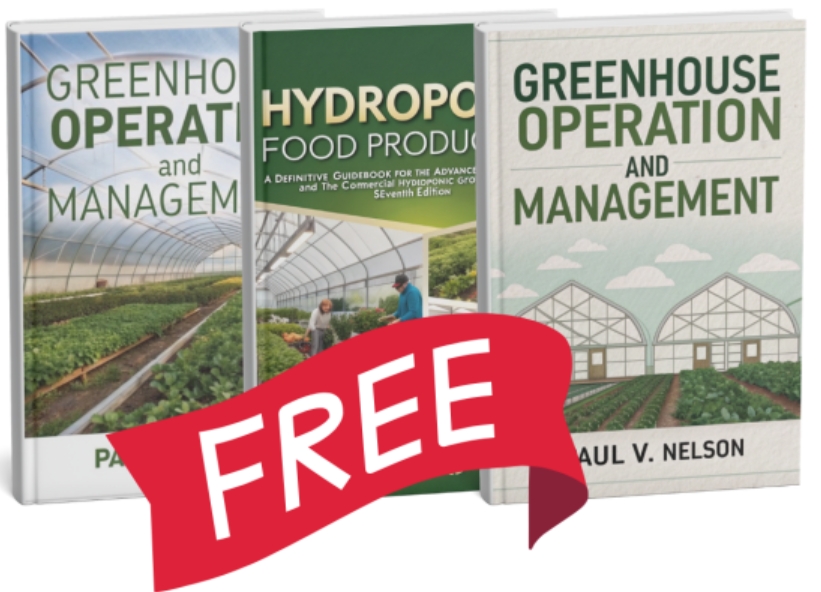Modern agriculture faces a critical decision. Growers worldwide struggle with unpredictable weather, rising energy costs, and increasing demand for year-round production.
Light deprivation greenhouses combine natural sunlight with controlled darkness periods, while indoor farms rely entirely on artificial lighting systems. Light dep systems cost 60-70% less to operate than fully controlled indoor environments, making them ideal for light-sensitive crops like cannabis and specialty vegetables.
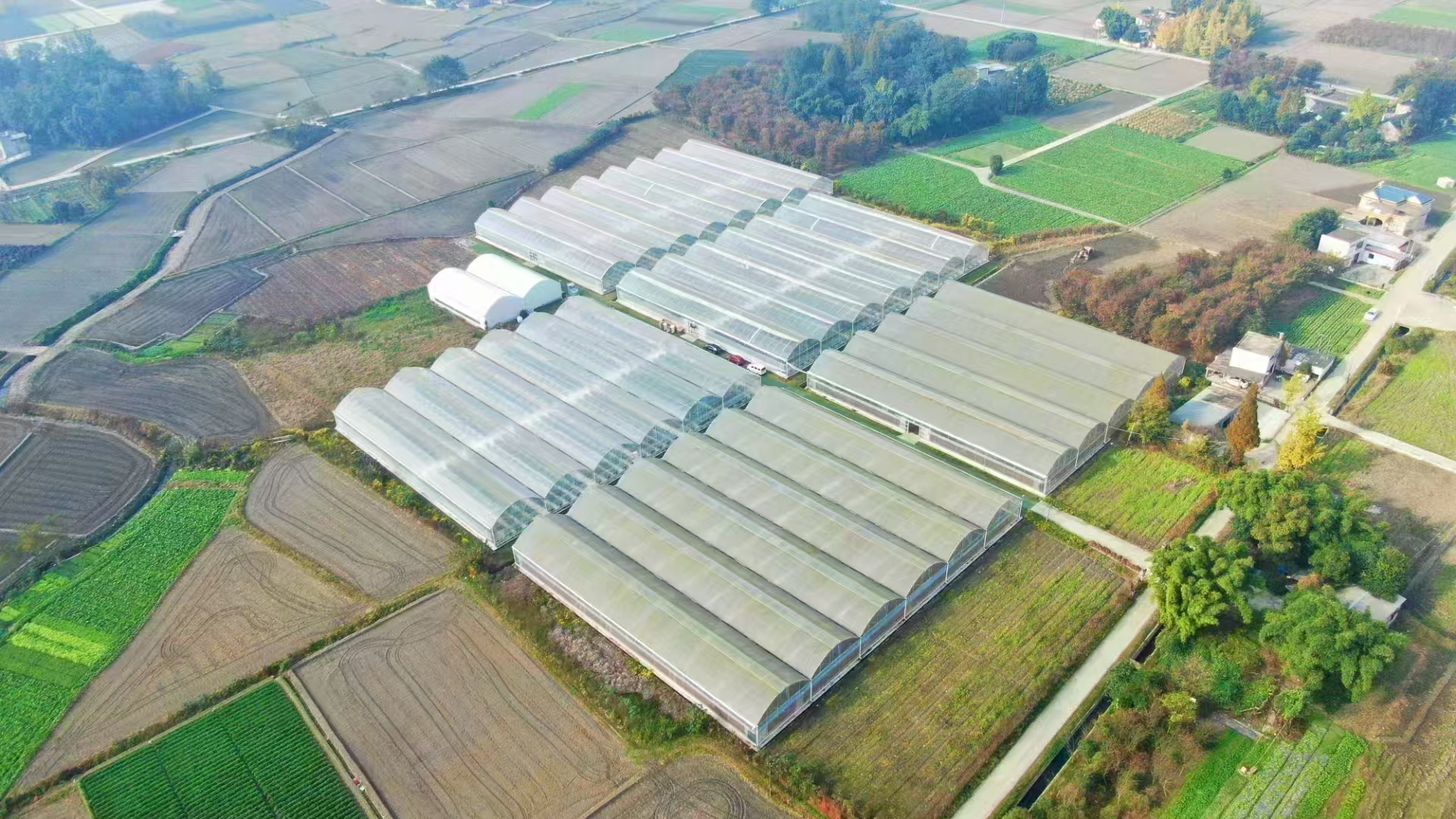
Advanced light dep systems maximize natural sunlight while maintaining precise control.
After 29 years in greenhouse technology, I have witnessed the evolution from simple structures to sophisticated growing environments. The choice between light deprivation and indoor farming represents more than technology selection. It determines your operation’s profitability, sustainability, and future adaptability.
Technological Development Trends: Innovations in Light Dep and Indoor Farming?
Technology advancement creates new opportunities for both systems. Growers face confusion about which direction offers better long-term value and performance capabilities.
Light deprivation systems now integrate smart sensors, automated curtains, and climate control algorithms that optimize natural light usage. Indoor farms advance through LED efficiency improvements, vertical growing systems, and AI-powered environmental management, reducing energy consumption by up to 40% compared to earlier generations.
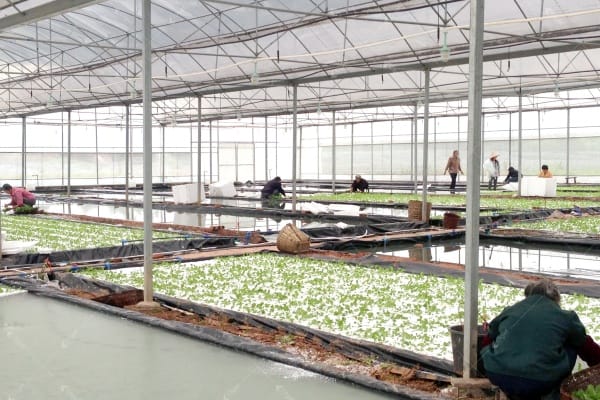
Both systems embrace automation and precision control for optimal results.
Light deprivation technology focuses on maximizing natural resources while maintaining control. Our latest installations feature automated blackout systems that respond to photoperiod requirements within minutes. These systems integrate weather sensors, light meters, and crop-specific programming. The curtain materials now offer superior insulation properties, reducing heating and cooling loads by 30% compared to traditional greenhouse coverings.
Indoor farming technology emphasizes complete environmental independence. LED manufacturers develop spectrum-specific lighting that matches plant photosynthetic needs precisely. Vertical growing systems maximize space utilization through multi-tier arrangements. Advanced climate control systems maintain temperature, humidity, and CO2 levels within narrow ranges. Some facilities achieve 365-day production cycles with consistent quality parameters.
| Technology Aspect | Light Dep Systems | Indoor Farms |
|---|---|---|
| Light Source | Natural + Supplemental | 100% Artificial LED |
| Energy Efficiency | High (natural light usage) | Improving (LED advances) |
| Automation Level | Moderate to High | Very High |
| Climate Control | Hybrid approach | Complete control |
| Installation Complexity | Moderate | High |
The convergence trend shows both systems adopting similar monitoring and control technologies. Data analytics, remote monitoring, and predictive maintenance become standard features. However, the fundamental difference remains in light source dependency and energy consumption patterns.
Sustainability Analysis: Assessing Energy Consumption and Environmental Impact?
Environmental responsibility drives modern agricultural decisions. Energy costs represent the largest operational expense, while carbon footprint concerns influence market acceptance and regulatory compliance.
Light deprivation greenhouses consume 40-60% less energy than indoor farms by utilizing free solar radiation for photosynthesis. Indoor farms offset higher energy use through reduced water consumption, eliminated pesticide needs, and year-round local production that reduces transportation emissions.
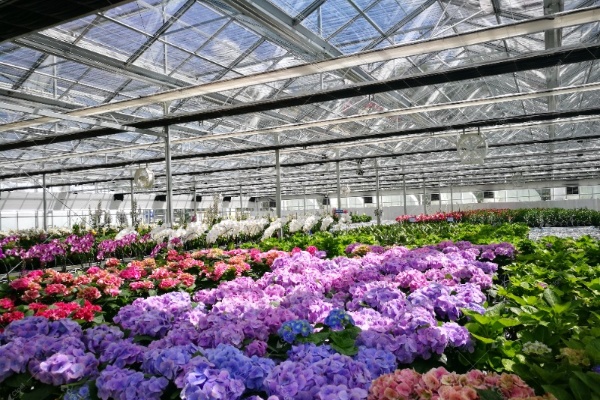
Energy efficiency varies significantly between natural and artificial lighting approaches.
Energy consumption analysis reveals significant differences between systems. Light deprivation greenhouses leverage natural sunlight for 60-80% of crop lighting needs during optimal seasons. Supplemental lighting operates only during low-light periods or for photoperiod manipulation. Our energy audits show average consumption of 15-25 kWh per square meter annually for light dep operations.
Indoor farms require continuous artificial lighting throughout crop cycles. Modern LED systems achieve 2.5-3.0 μmol/J efficiency, but total energy consumption reaches 150-250 kWh per square meter annually. However, indoor farms eliminate weather-related crop losses, reduce water usage by 90%, and eliminate pesticide applications entirely.
Water efficiency favors indoor systems through recirculating hydroponic or aeroponic setups. These systems achieve 95% water use efficiency compared to 70-80% in greenhouse environments. Nutrient runoff becomes virtually zero in closed-loop indoor systems, preventing environmental contamination.
Transportation impact analysis shows indoor farms reduce food miles significantly when located near urban centers. Local production eliminates refrigerated transport, reducing post-harvest losses from 20-30% to under 5%. Light dep greenhouses often locate in optimal climate zones, requiring longer distribution chains but producing larger volumes per facility.
Carbon footprint calculations depend heavily on local energy sources. Regions with renewable electricity grids favor indoor farming sustainability. Areas with coal-heavy power generation make light dep systems more environmentally friendly. Solar panel integration improves both systems’ sustainability profiles, with light dep greenhouses requiring smaller solar arrays due to lower baseline consumption.
Market Positioning: How to Choose the Right Farming Model Based on Target Customers?
Customer requirements determine system selection more than technical capabilities. Different market segments demand specific quality attributes, production volumes, and price points that favor particular growing methods.
Premium specialty crops and pharmaceutical applications prefer indoor farming for consistent quality and contamination control, while high-volume commodity production favors light deprivation systems for cost efficiency. Market proximity, seasonal demand patterns, and regulatory requirements influence the optimal choice for specific customer segments.
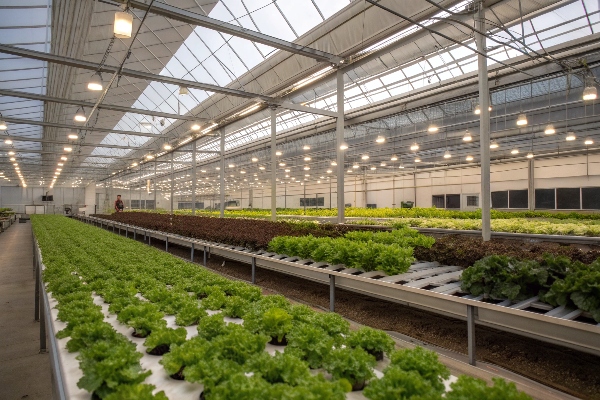
Different markets require different approaches to meet quality and volume demands.
Premium market segments prioritize consistency and quality over production costs. Pharmaceutical cannabis, research institutions, and high-end restaurants demand precise cannabinoid profiles, specific nutrient levels, and contamination-free products. Indoor farming excels in these applications through complete environmental control and sterile growing conditions. These customers accept 2-3x higher pricing for guaranteed quality parameters.
Volume commodity markets focus on cost per unit and reliable supply. Large-scale distributors, processing facilities, and export operations require consistent volumes at competitive prices. Light deprivation systems serve these markets effectively through lower operational costs and larger production scales. Natural light utilization reduces energy expenses, allowing competitive pricing while maintaining profitability.
Regional market analysis shows geographic preferences. Southeast Asian customers prefer light dep systems due to abundant natural light and lower electricity costs. European markets increasingly demand indoor farming for year-round local production and sustainability certifications. Central Asian clients choose based on extreme weather resilience and energy availability.
| Market Segment | Preferred System | Key Requirements | Price Sensitivity |
|---|---|---|---|
| Pharmaceutical | Indoor | Consistency, sterility | Low |
| Premium retail | Indoor | Quality, appearance | Low |
| Processing/extraction | Light Dep | Volume, cost efficiency | High |
| Local fresh market | Light Dep | Seasonal variety | Moderate |
| Export markets | Light Dep | Scale, logistics | High |
Customer education becomes crucial for market positioning. Many growers underestimate operational cost differences or overestimate quality requirements. We provide detailed cost-benefit analysis and quality comparisons to help customers make informed decisions based on their specific market positioning and financial capabilities.
Scalability and Flexibility: Which System Adapts More Easily to Future Changes?
Business growth requires adaptable infrastructure. Market changes, crop diversification, and technological advancement demand systems that accommodate expansion and modification without complete reconstruction.
Light deprivation greenhouses offer superior scalability through modular construction and lower expansion costs, while indoor farms provide greater flexibility for crop changes and year-round production adjustments. Expansion costs for light dep systems average 40% less than indoor facilities of equivalent production capacity.

Modular design enables cost-effective scaling for growing operations.
Scalability analysis reveals distinct advantages for each system type. Light deprivation greenhouses utilize modular bay construction that enables incremental expansion. Additional bays connect to existing infrastructure, sharing utilities, control systems, and support facilities. Construction costs decrease with scale due to shared infrastructure and bulk purchasing advantages.
Indoor farming scalability faces higher per-unit costs but offers space efficiency advantages. Vertical growing systems multiply production capacity within existing footprints. However, electrical infrastructure, HVAC capacity, and structural requirements increase exponentially with size. Urban locations limit horizontal expansion, making vertical scaling the primary growth option.
Flexibility considerations favor indoor systems for crop diversity. Complete environmental control enables rapid transitions between different plant species, growth cycles, and production schedules. Climate recipes adjust through software changes rather than physical modifications. Seasonal independence allows year-round production planning regardless of external conditions.
Light dep systems excel in accommodating different crop sizes and growth habits. Greenhouse height, bench configurations, and support systems modify easily for various plant architectures. Natural light availability suits most crop types without spectrum adjustments. However, photoperiod-sensitive crops may require scheduling coordination to prevent cross-contamination of light cycles.
Future technology integration capabilities differ significantly. Indoor farms accommodate new LED technologies, growing systems, and automation equipment more easily due to designed flexibility. Light dep systems require more substantial modifications for major technology upgrades but benefit from natural light availability that reduces dependence on evolving artificial lighting technologies.
Investment recovery timelines show light dep systems achieving profitability 18-24 months faster than indoor farms due to lower initial costs and operational expenses. However, indoor farms maintain more stable cash flows due to weather independence and consistent production schedules.
Conclusion
Light deprivation greenhouses excel in cost efficiency and natural resource utilization, while indoor farms provide superior control and consistency for premium applications.
